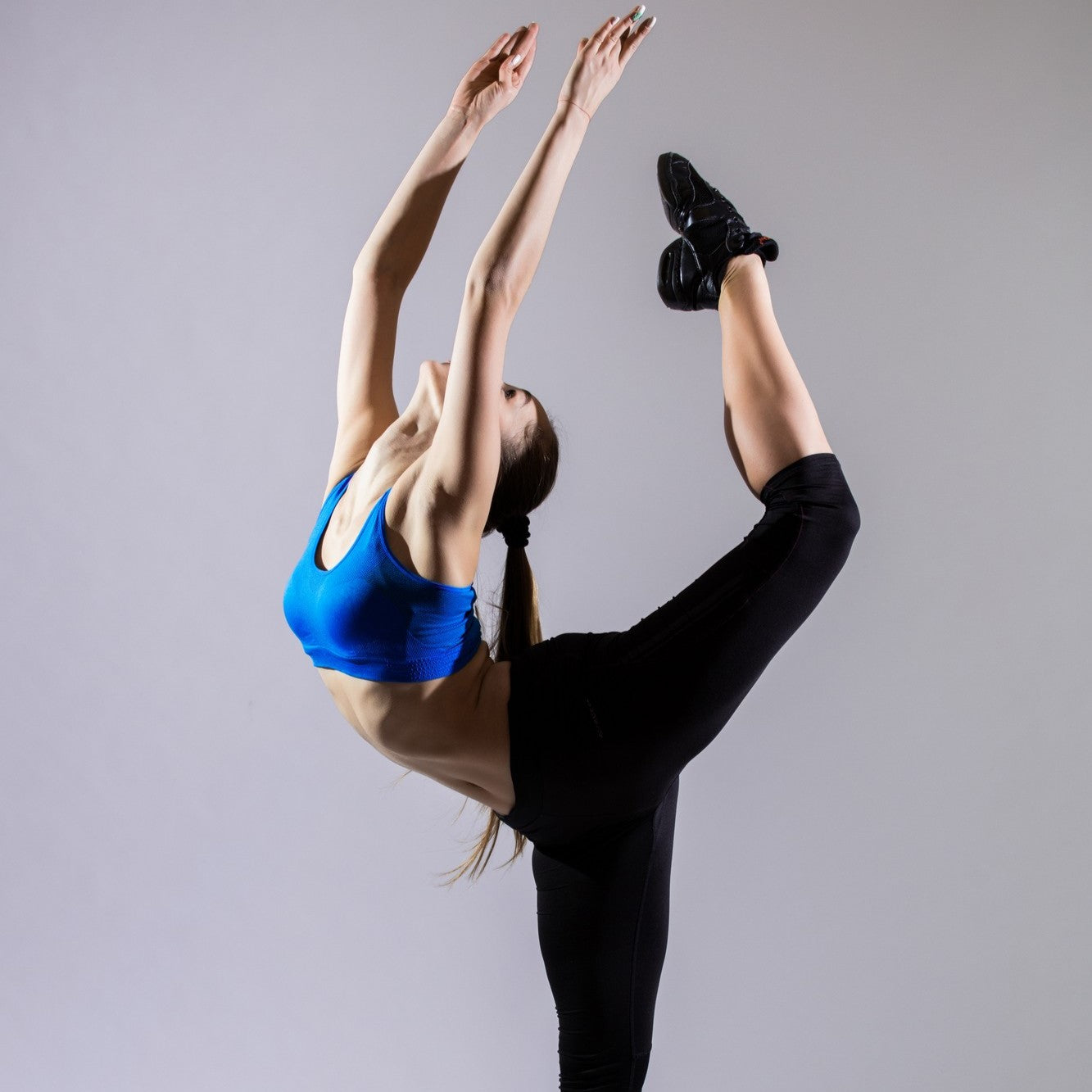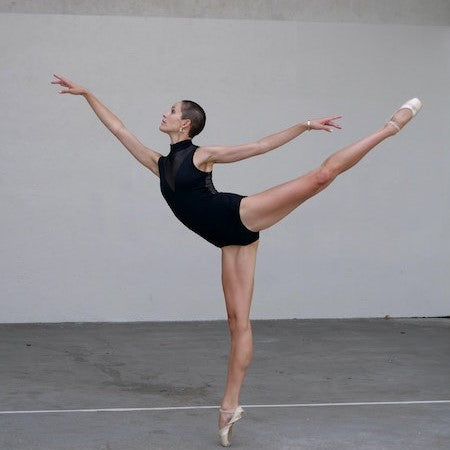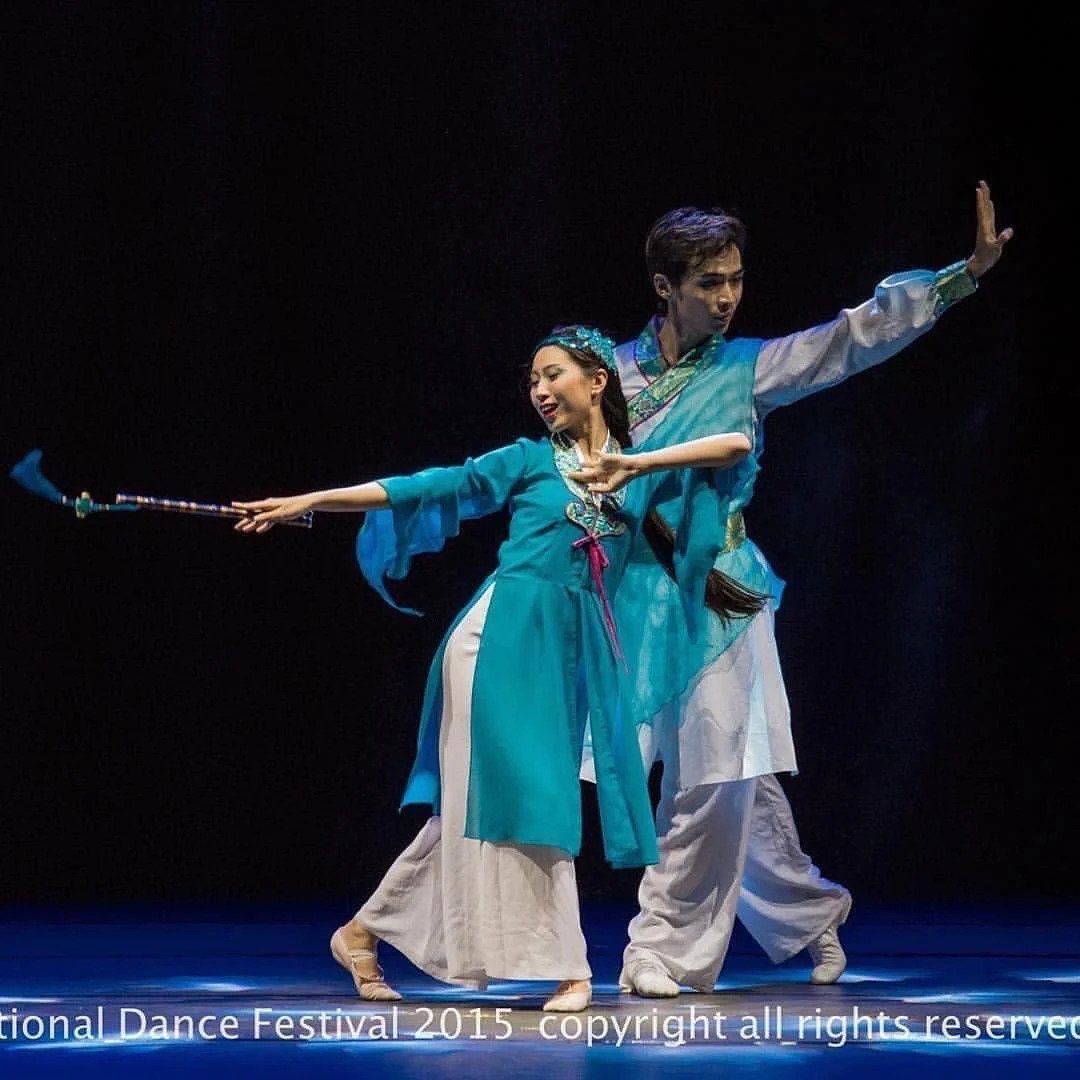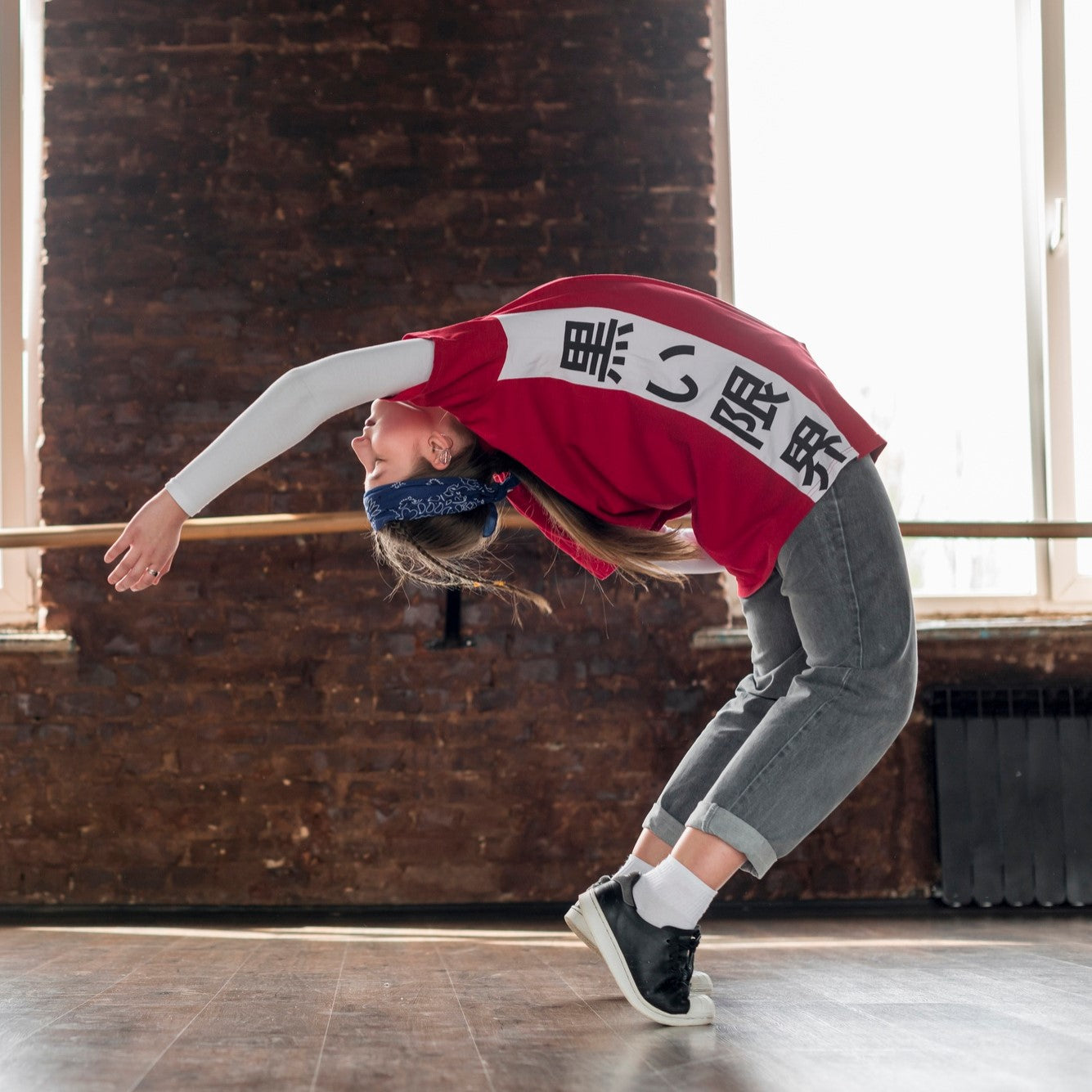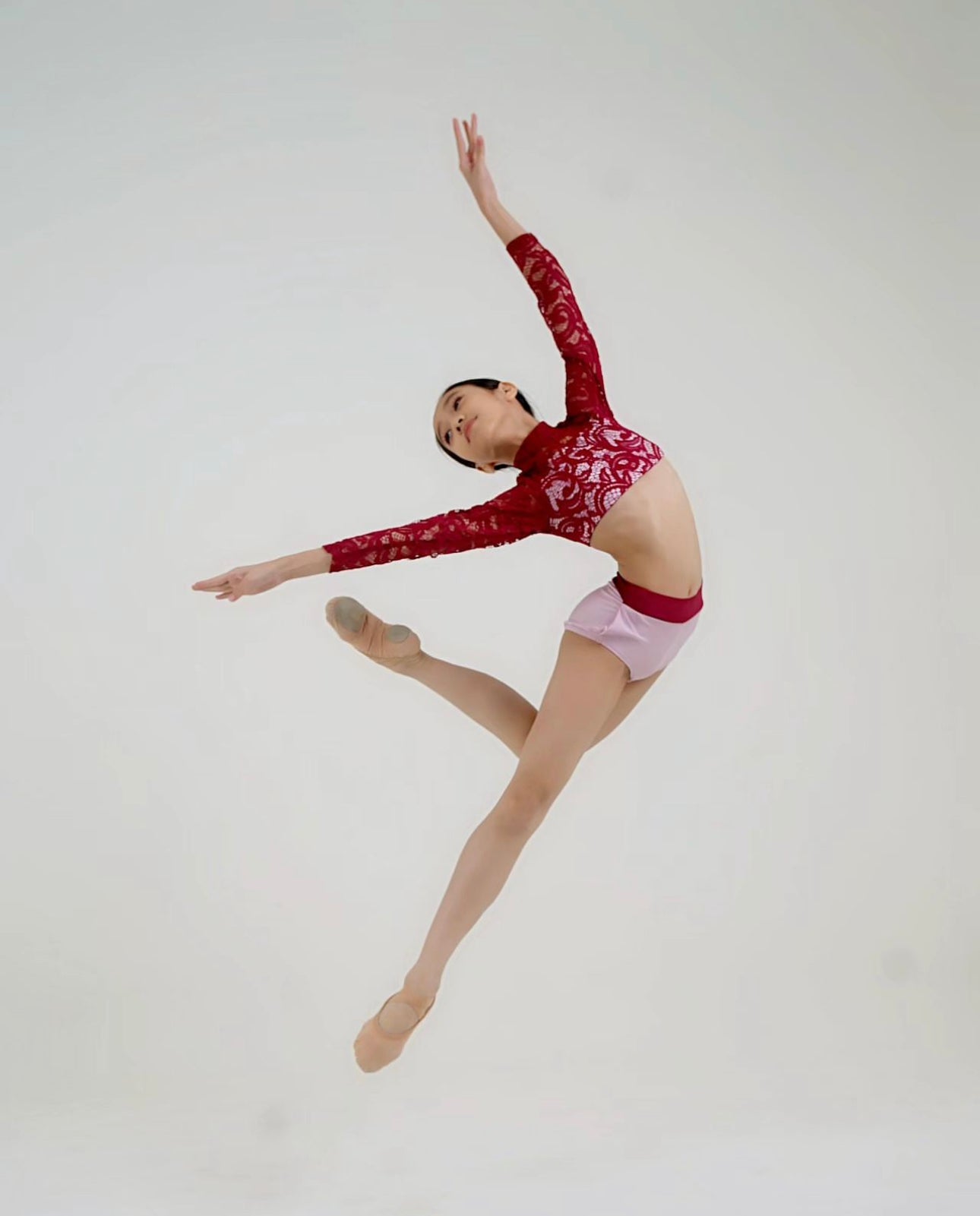Customer Service +65 8044 8419
Popular Products
Shatterproof Framed Mirror on Wheels
- From $659.00
$0.00- From $659.00
- Unit price
- / per
Shatterproof Frameless Mirror on Wheels
- From $729.00
$0.00- From $729.00
- Unit price
- / per
Shatterproof Frameless Hung On Wall Mirror
- From $539.00
$0.00- From $539.00
- Unit price
- / per
Popular Products
Shatterproof Framed Mirror on Wheels
- From $659.00
$0.00- From $659.00
- Unit price
- / per
Shatterproof Frameless Mirror on Wheels
- From $729.00
$0.00- From $729.00
- Unit price
- / per
Shatterproof Frameless Hung On Wall Mirror
- From $539.00
$0.00- From $539.00
- Unit price
- / per
-
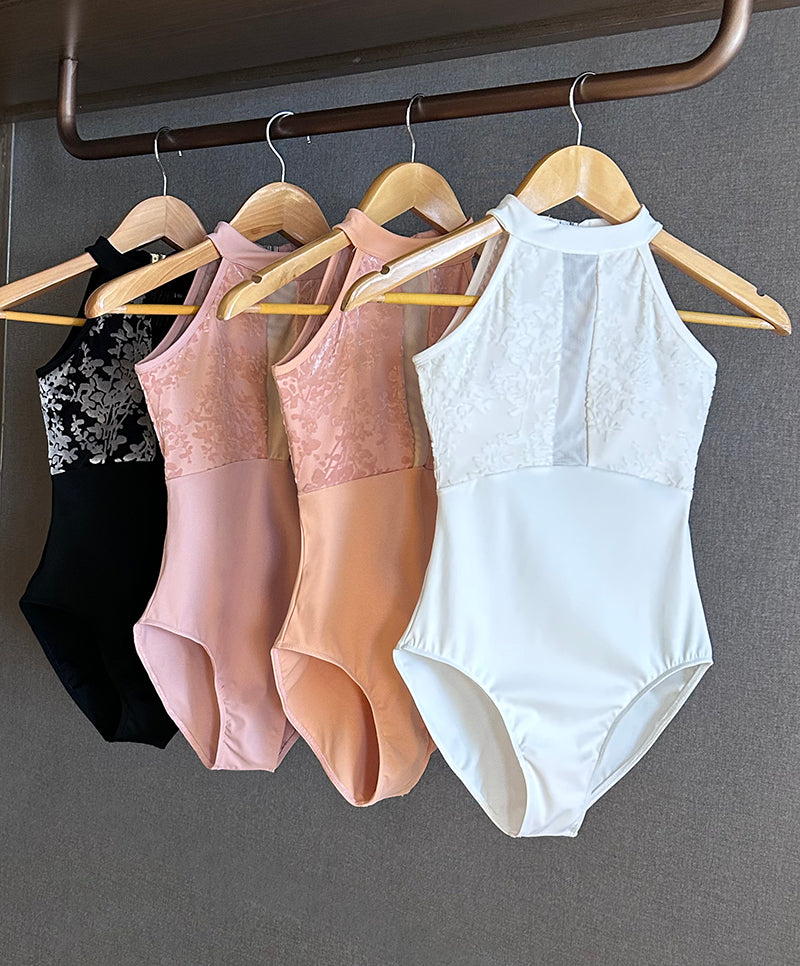 Dancewear
Dancewear
- Dancewear
- Go to Dancewear
-
 Collections
Collections
- Collections
- Go to Collections
-
 New
New
-
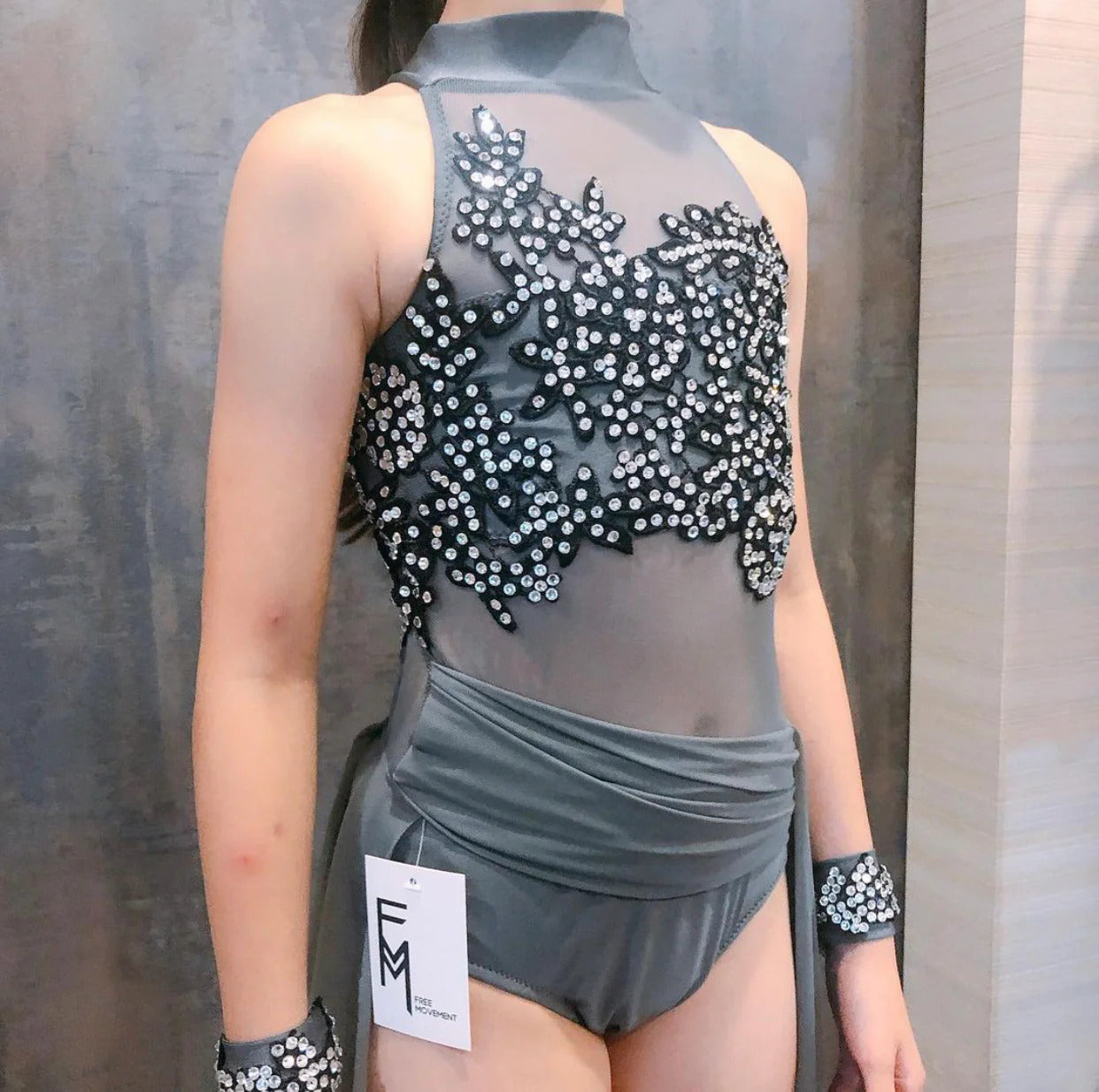 All
All
-
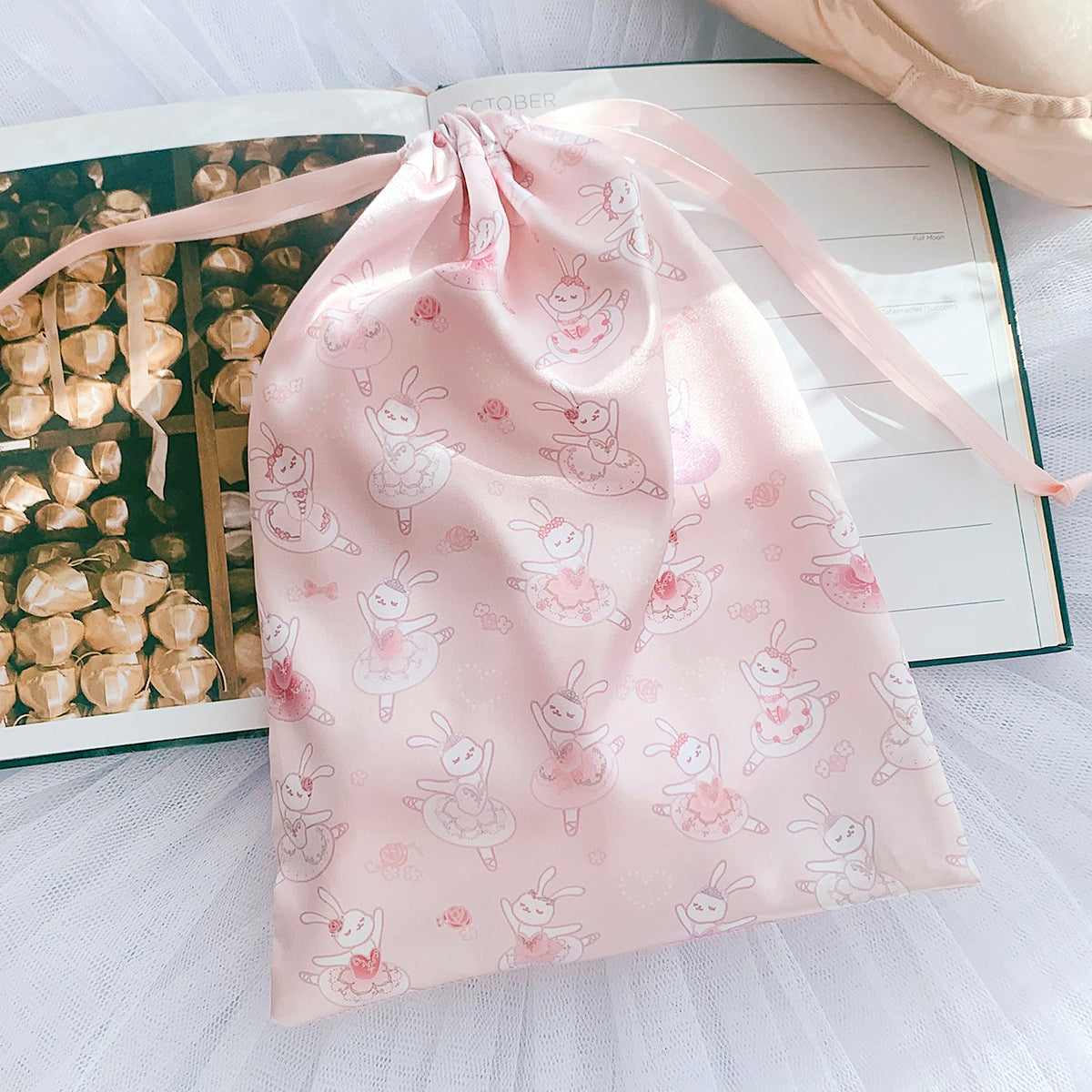 Gifts
Gifts
-
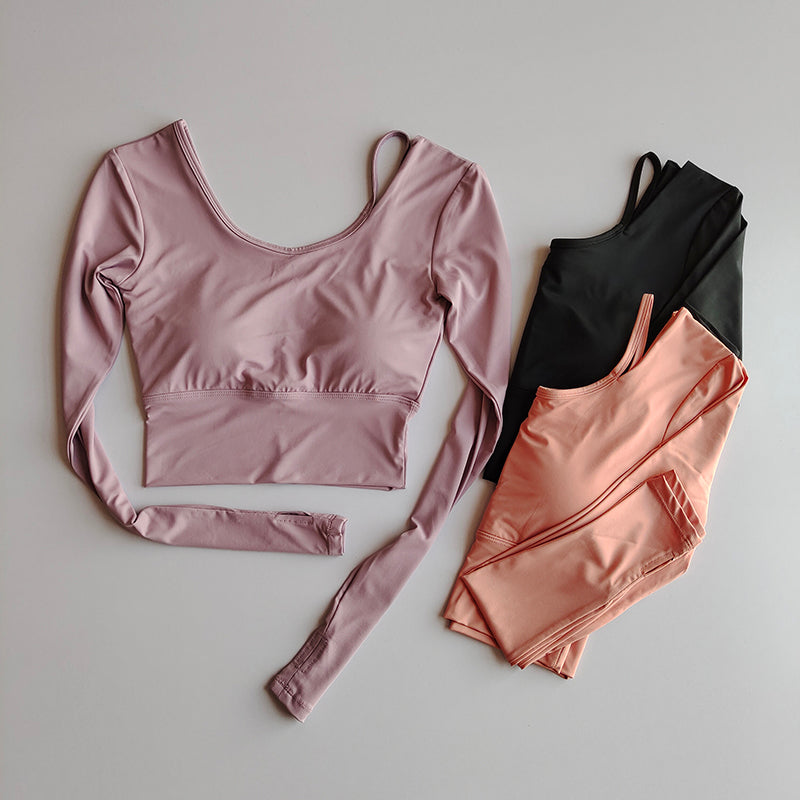 Tops
Tops
-
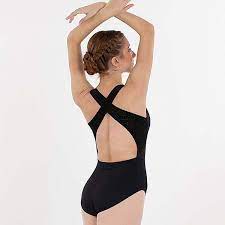 Leotards
Leotards
- Leotards
- Go to Leotards
-
 Leotards
Leotards
- Unitards
-
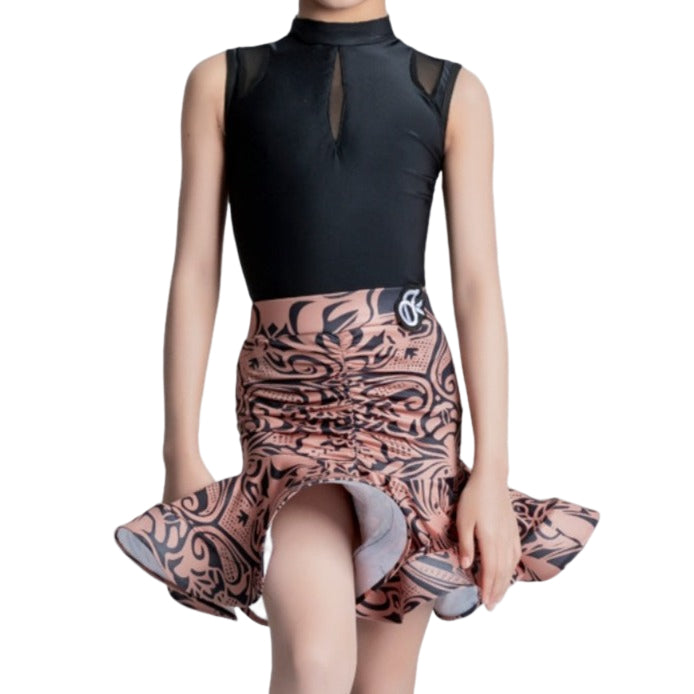 Bottoms
Bottoms
-
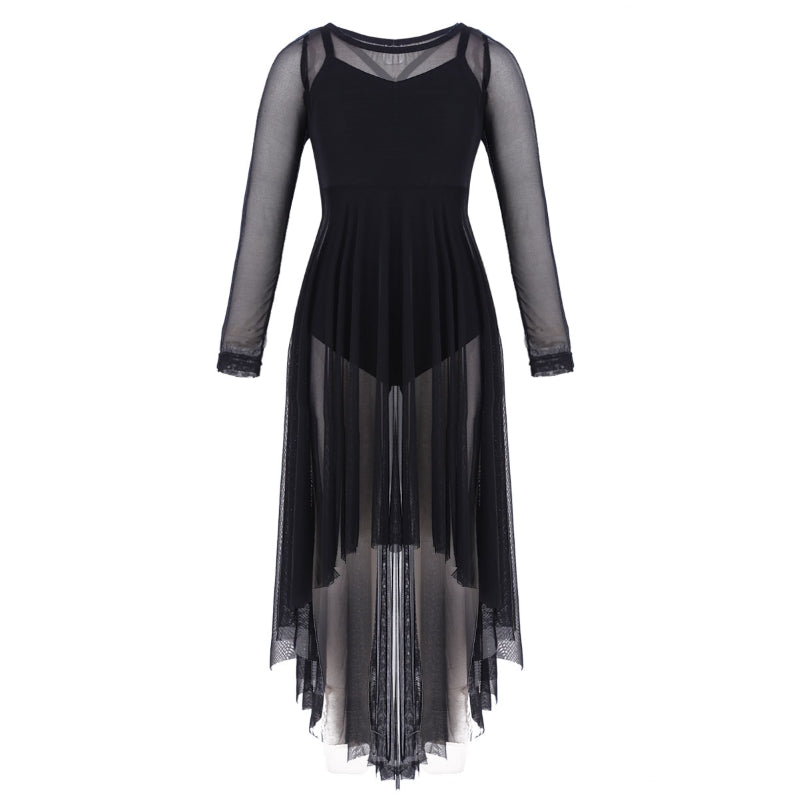 Dresses
Dresses
- Dresses
- Go to Dresses
-
 Dresses
Dresses
-
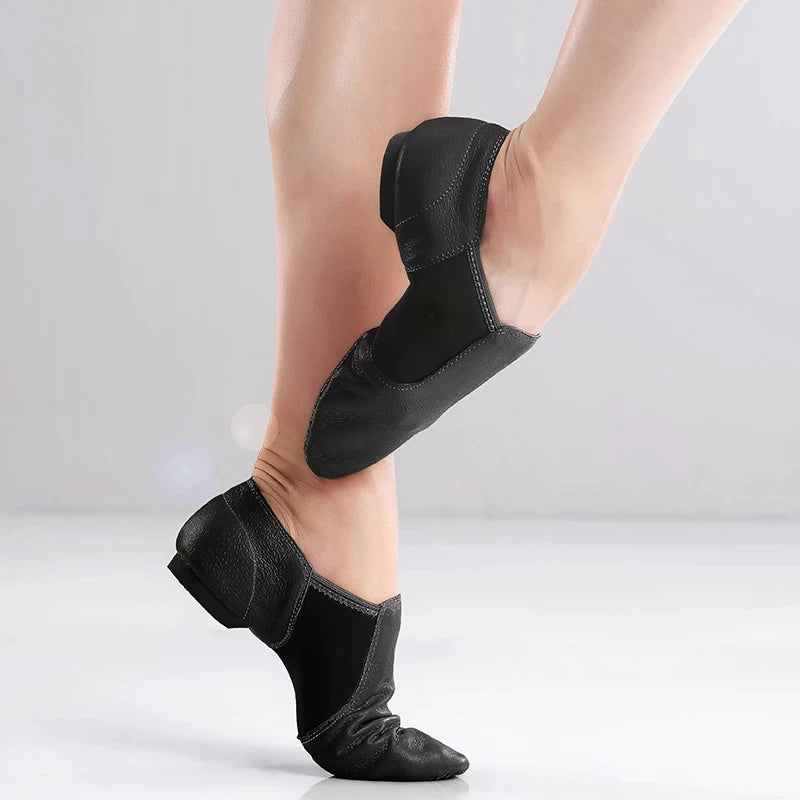 Footwear
Footwear
-
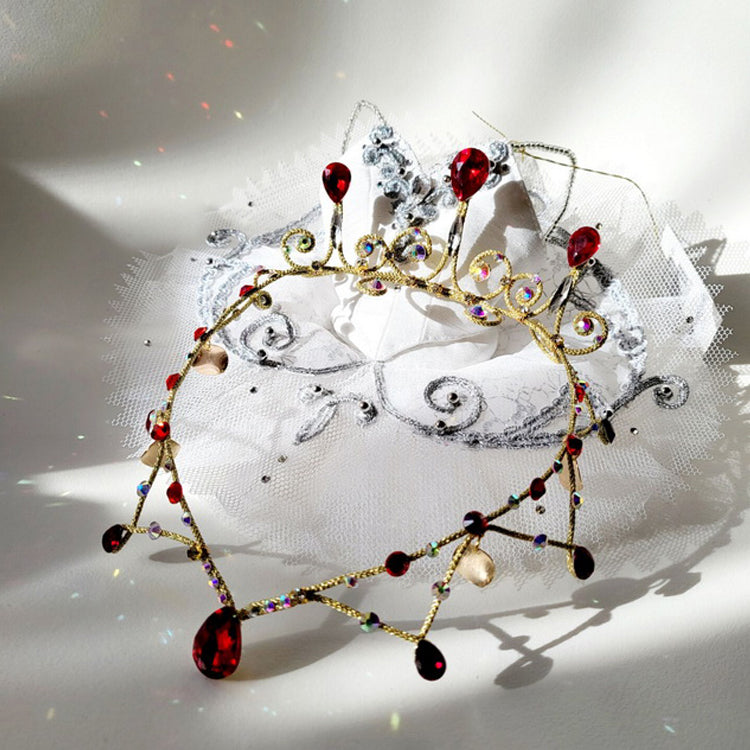 Accessories
Accessories
-
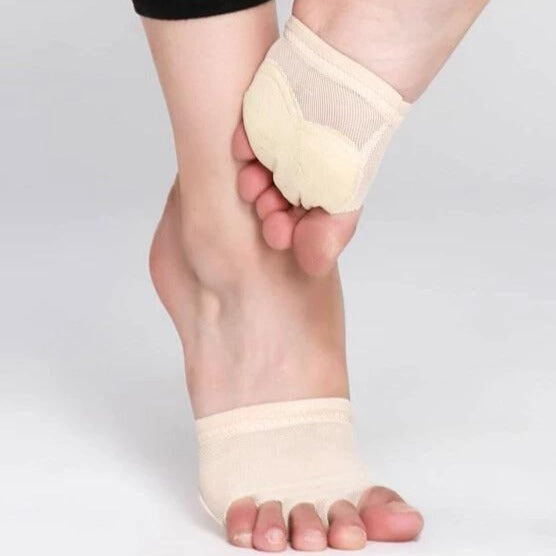 Dance Styles
Dance Styles
-
 Hair & Makeup
Hair & Makeup
- Hair & Makeup
- Go to Hair & Makeup
- Hair
-
 Makeup
Makeup
- Dance Hair Tips
-
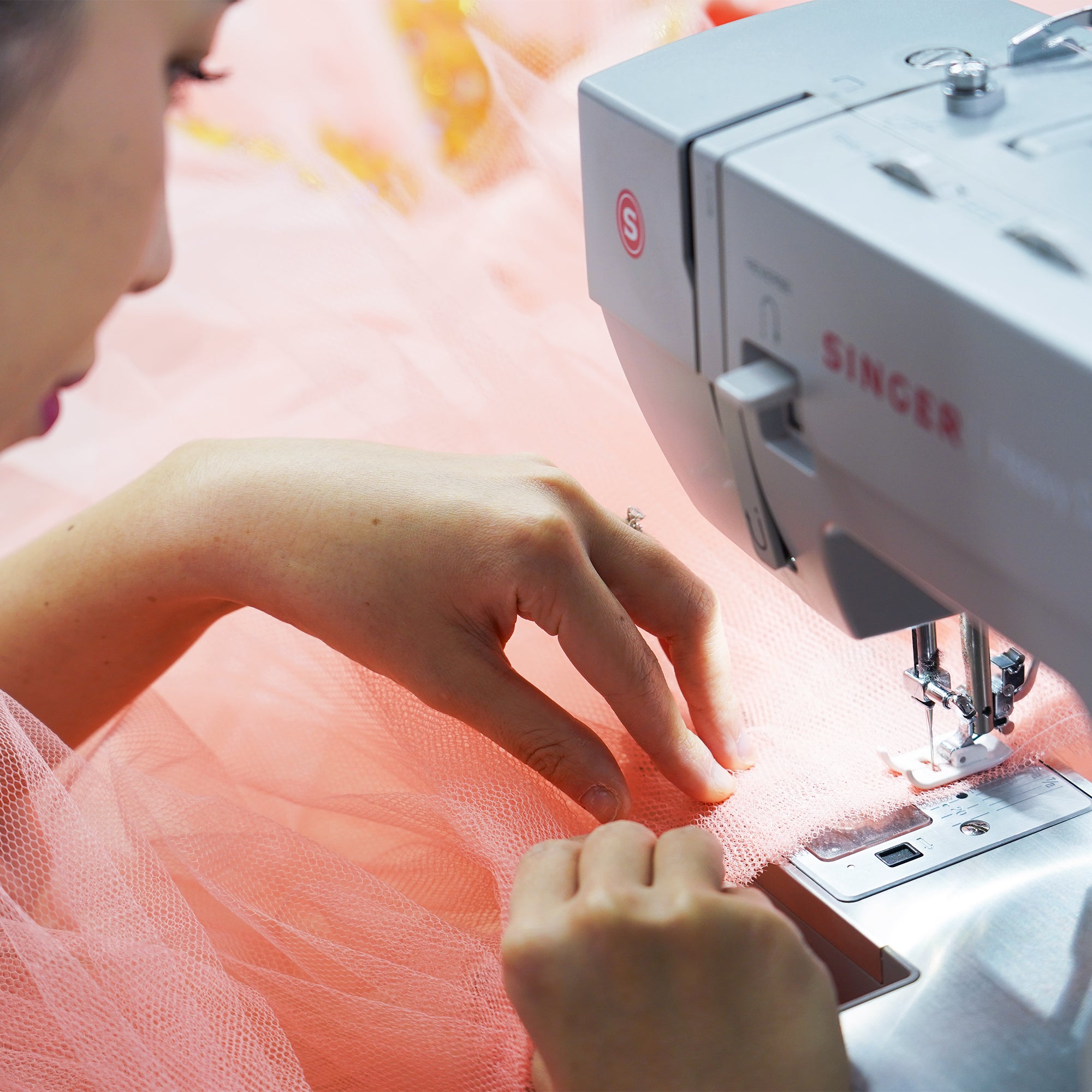 Tailoring
Tailoring
- Tailoring
- Go to Tailoring
-
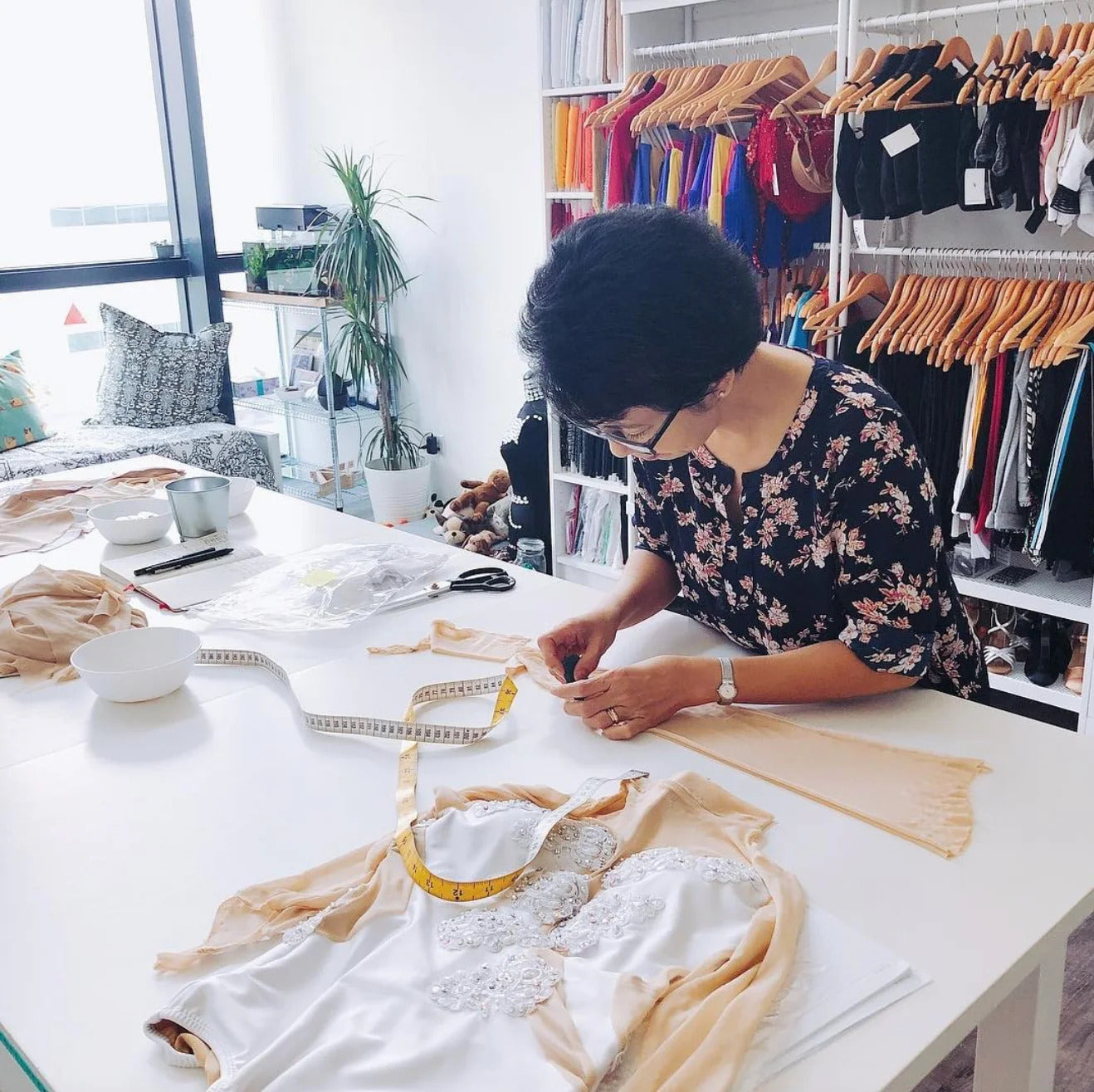 Tailoring Services
Tailoring Services
- Tailoring Services
- Go to Tailoring Services
- Our Tailoring Services
-
Designs Lookbook
- Designs Lookbook
- Go to Designs Lookbook
-
 Design Sketches
Design Sketches
- Design Sketches
- Go to Design Sketches
- All
- Tops
- Leotards
- Bottoms
- One Piece
- Ballet Tutus
- Sewing Class
-
DIY Accessories
- DIY Accessories
- Go to DIY Accessories
- Fabrics
- Rhinestoning
- Sewing Machines
- Sewing Accessories
-
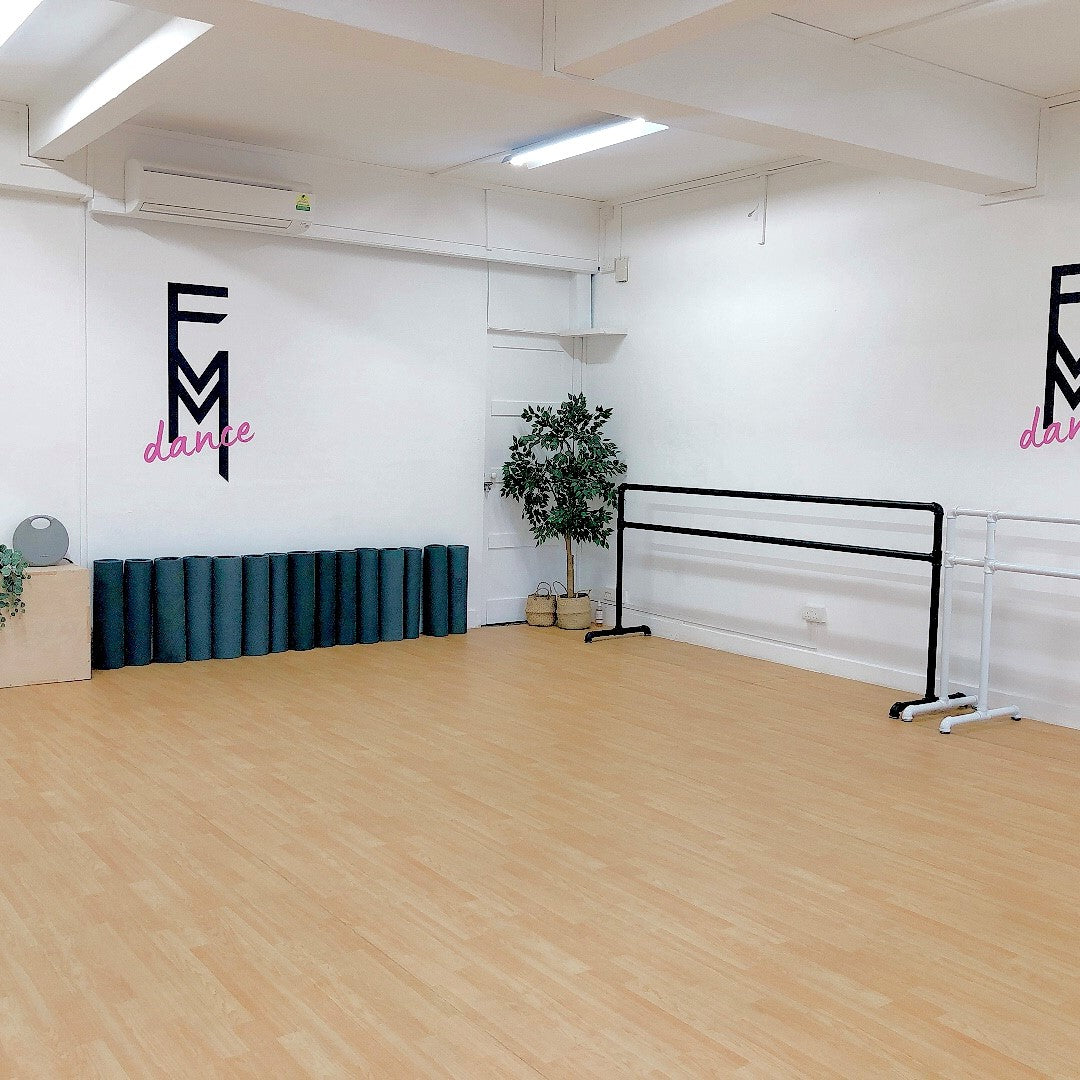 Rental
Rental
-
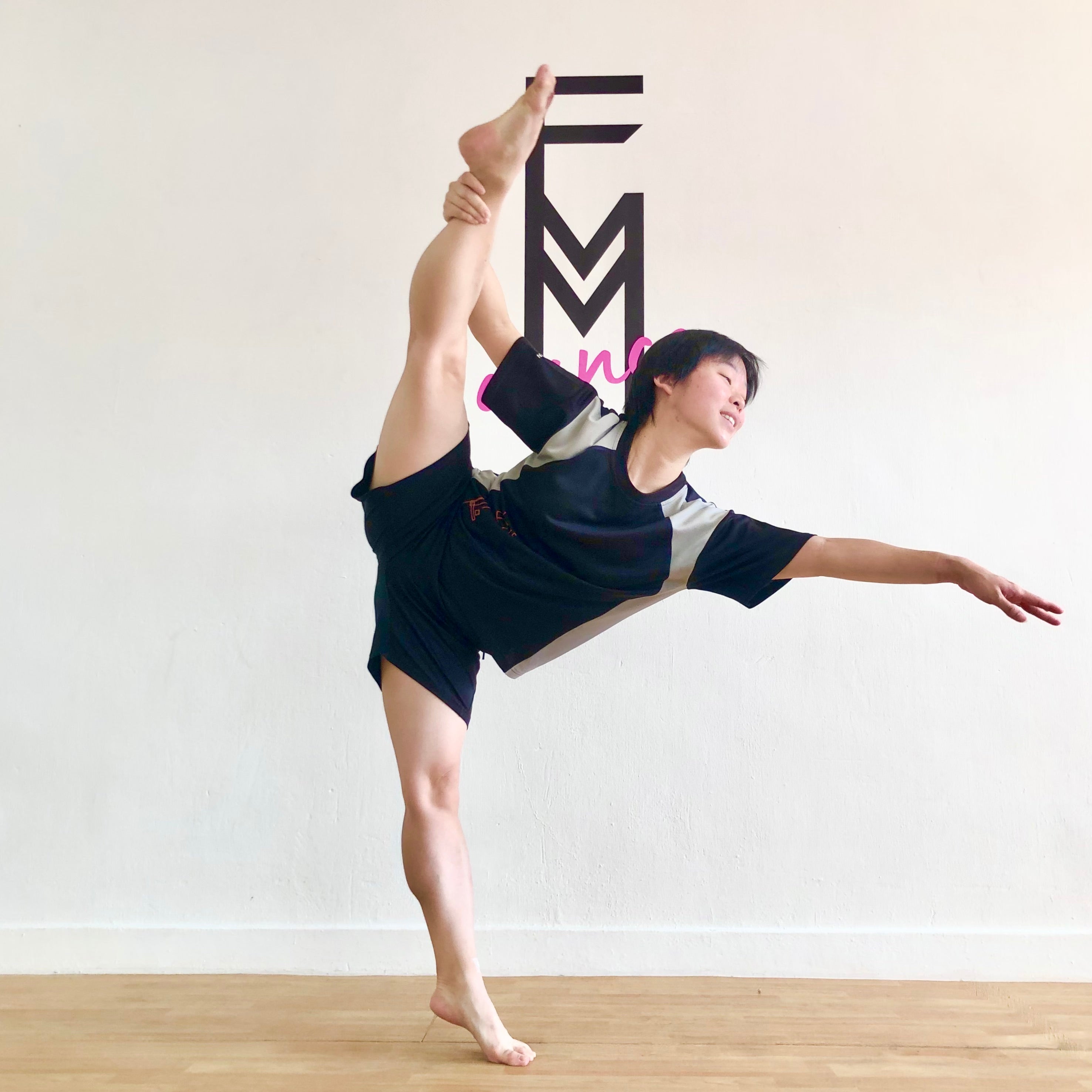 Classes
Classes
- Classes
- Go to Classes
-
About Our Studio
- About Our Studio
- Go to About Our Studio
- A Community Studio
- Instructors
-
Who Are Private Classes For?
- Who Are Private Classes For?
- Go to Who Are Private Classes For?
- Competition Dancers
- Complete Beginners
- Corporate Classes
- Solo Classes
- Group Classes
- Masterclasses
-
Pricing
- Pricing
- Go to Pricing
- Private Class Price
-
Private Class Booking
- Private Class Booking
- Go to Private Class Booking
- Private Class Booking
- Private Class Packages
-
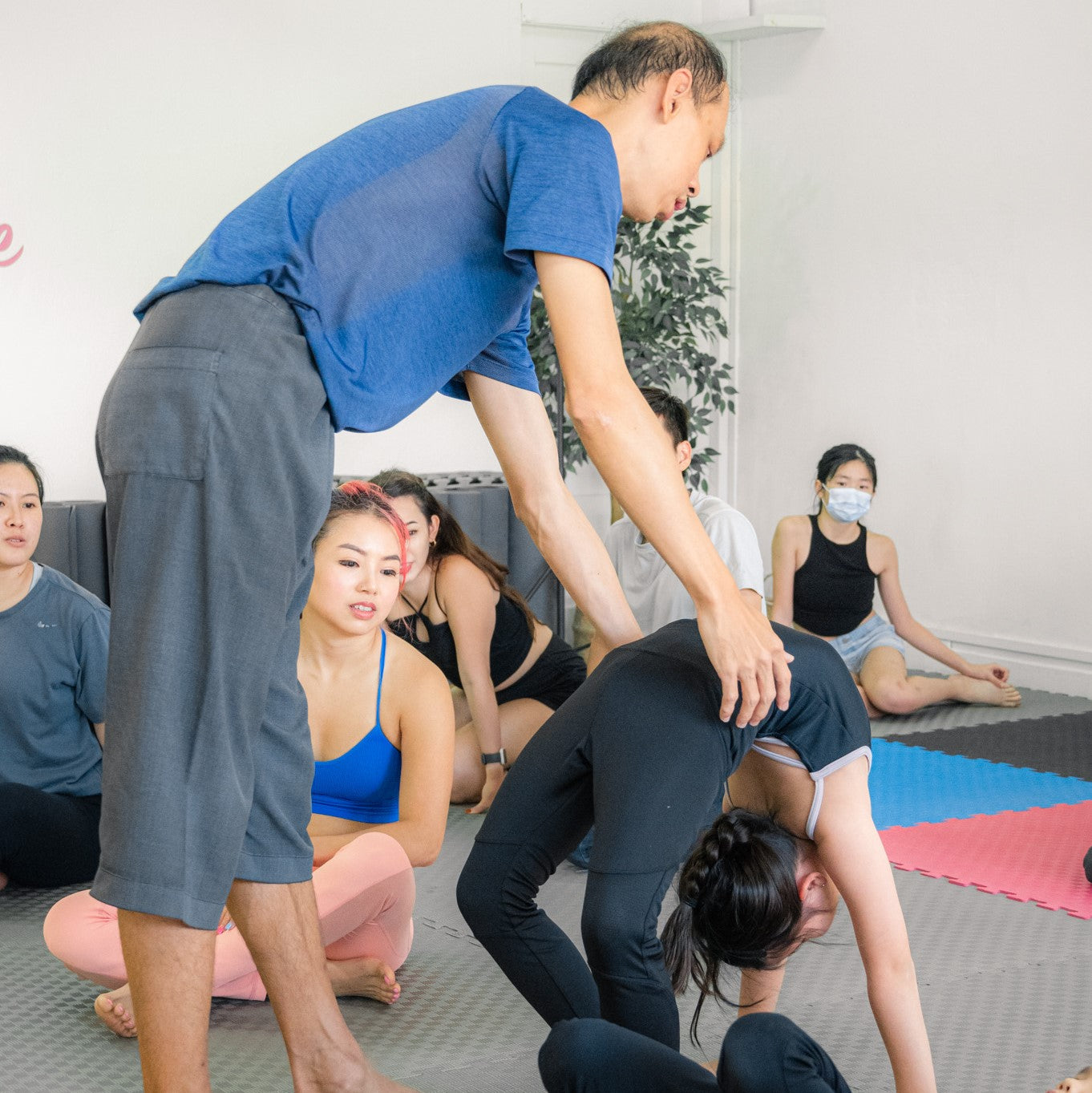 Dance Classes
Dance Classes
-
Fitness & Wellness
- Fitness & Wellness
- Go to Fitness & Wellness
-
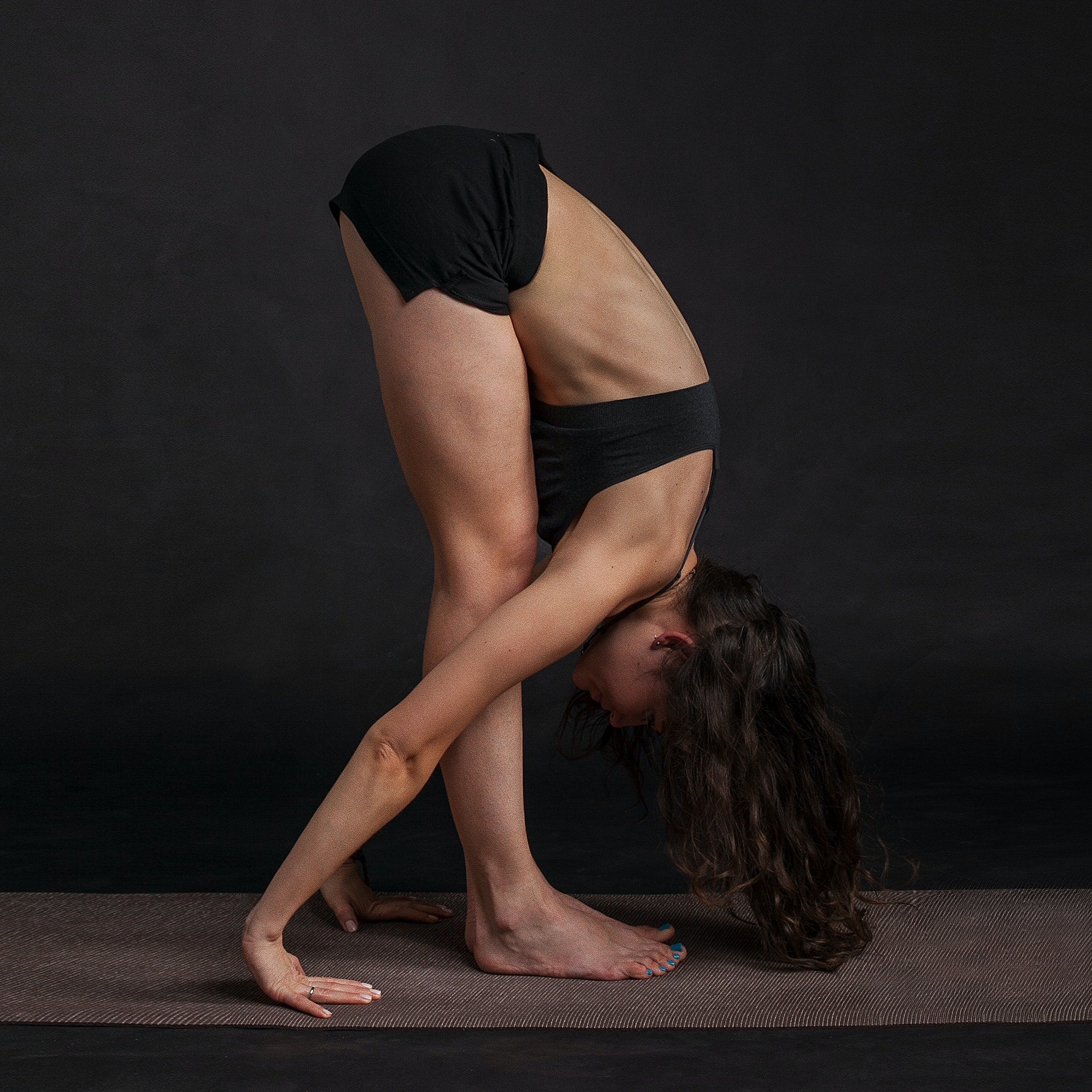 Yoga
Yoga
-
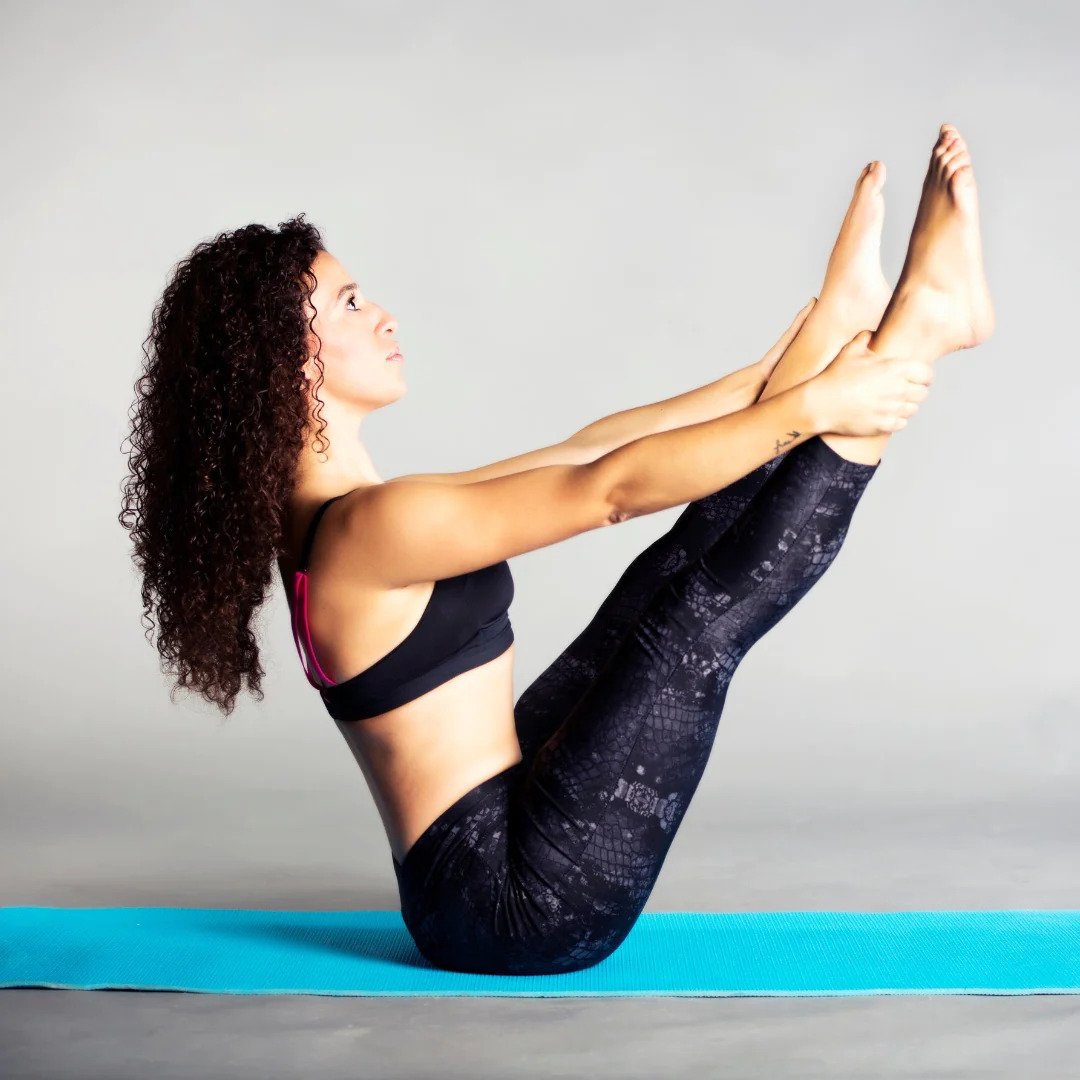 Pilates
Pilates
- Zumba
- Barre Fitness
-
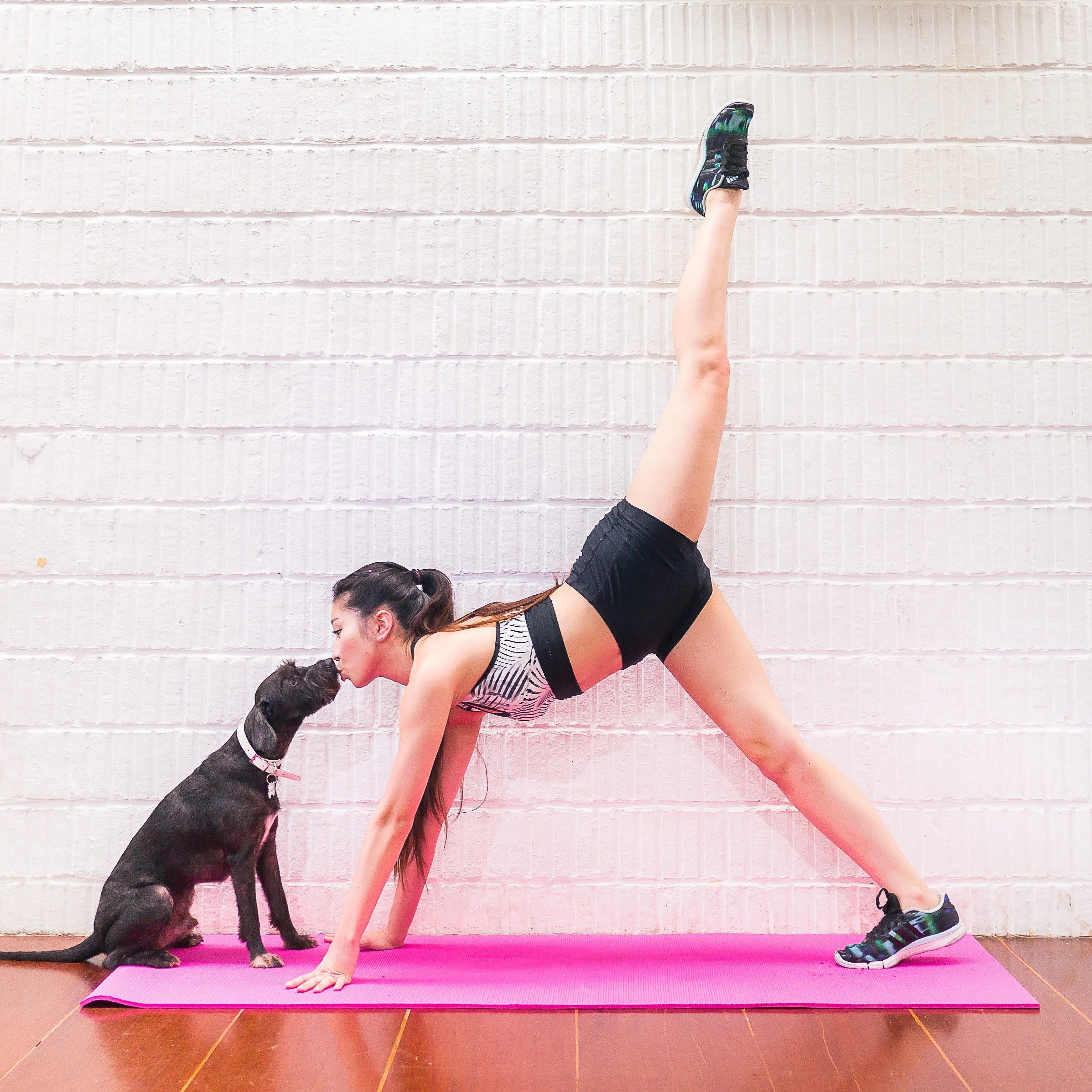 Stretch & Tone
Stretch & Tone
- Dance Therapy
- Sports Massage
- Class Videos
-
 Choreography Services
Choreography Services
- Choreography Services
- Go to Choreography Services
- DSA
- Events
- Wedding
- Auditions
- Performances
-
Online Dance Class
- Online Dance Class
- Go to Online Dance Class
- Online Private Dance Class
- Online Dance Courses
-
 Equipments
Equipments
- Equipments
- Go to Equipments
-
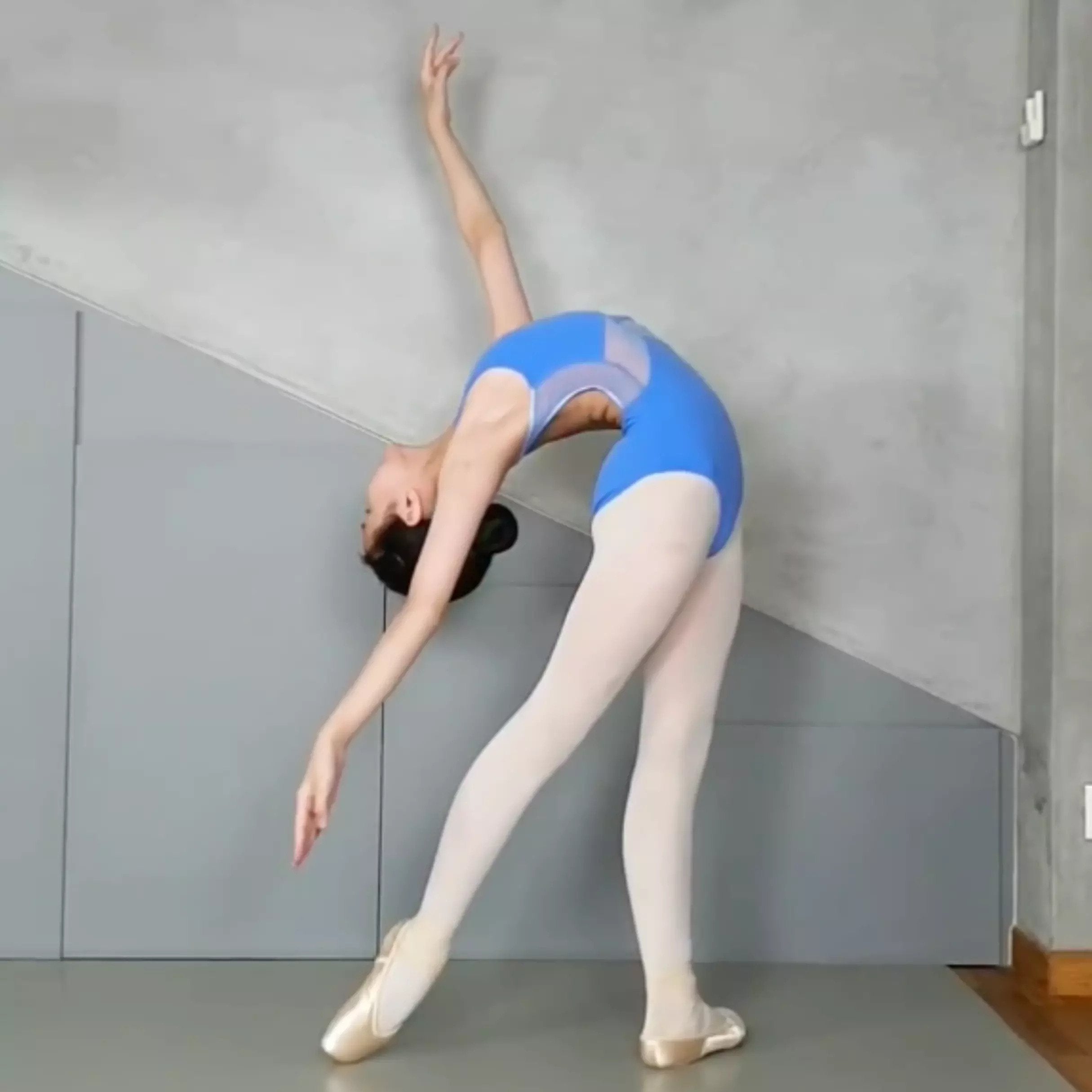 Marley Dance Mats
Marley Dance Mats
-
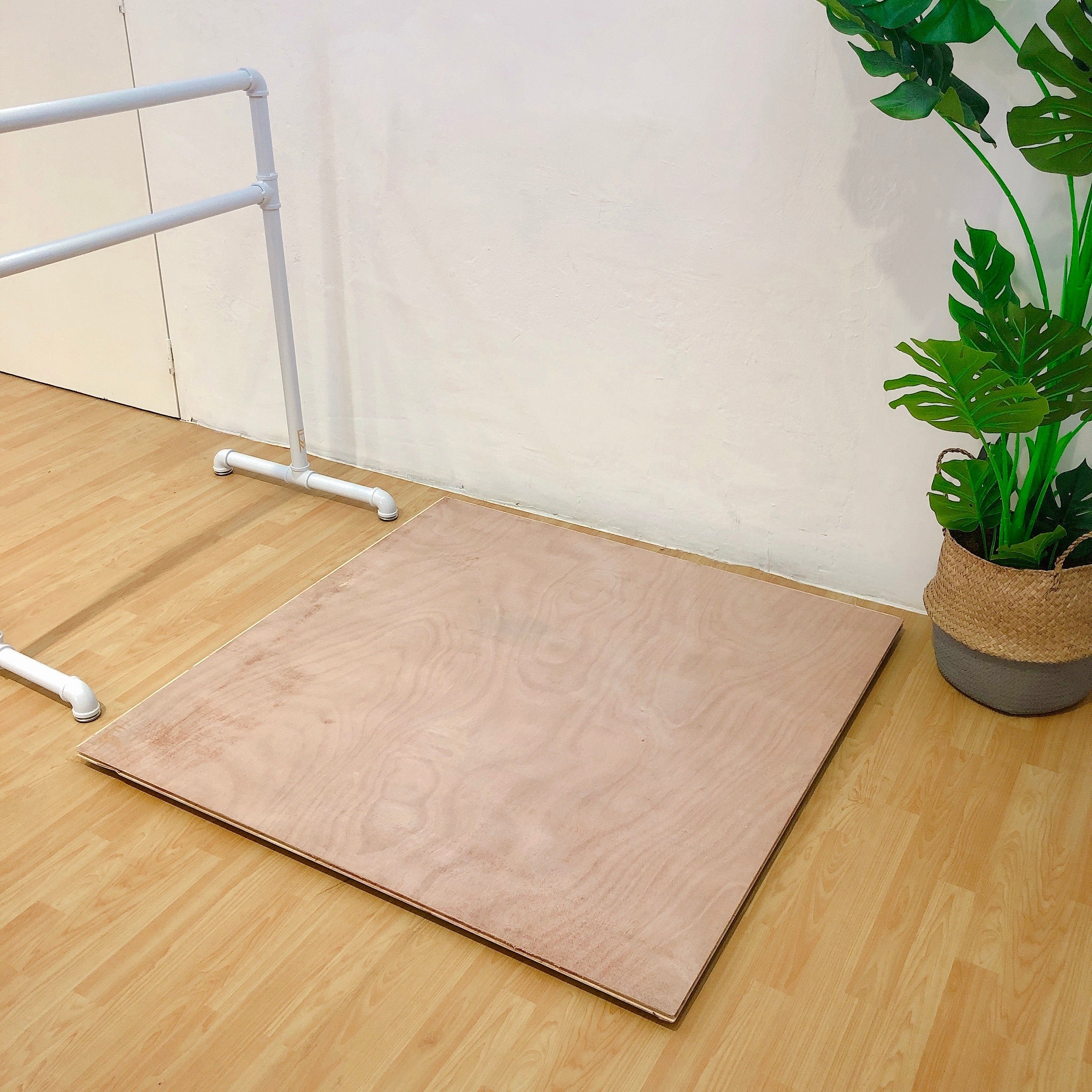 Sprung Dance Floor
Sprung Dance Floor
- Sprung Dance Floor
- Go to Sprung Dance Floor
- Limitless Sprung Floor
- Sprung Floor Installation
-
 Soundproof Mats
Soundproof Mats
- Soundproof Mats
- Go to Soundproof Mats
-
 Soundproof Mats
Soundproof Mats
- Soundproof Flooring Installation
-
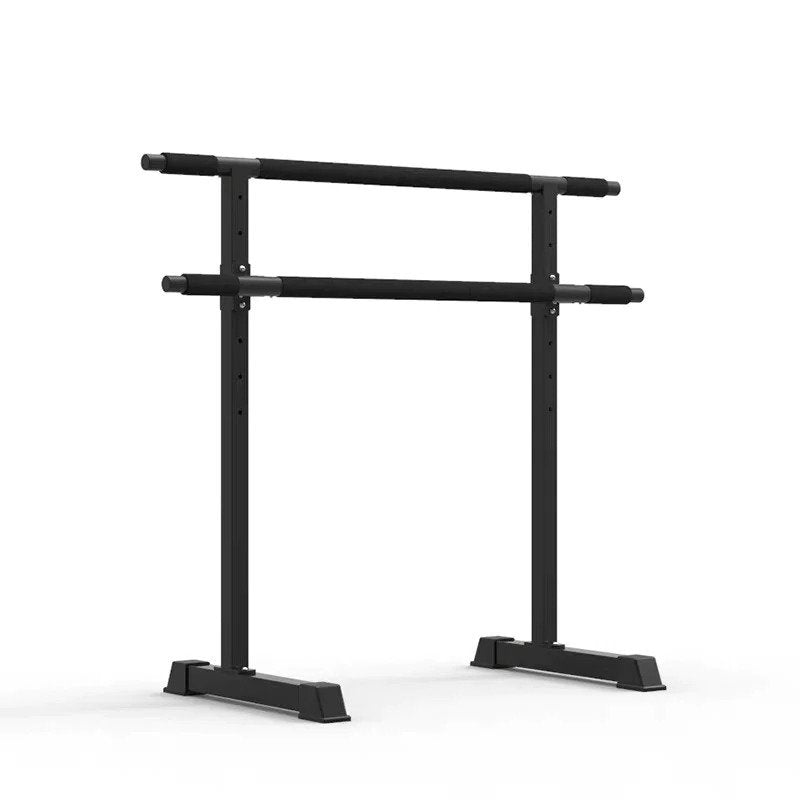 Ballet Barres
Ballet Barres
-
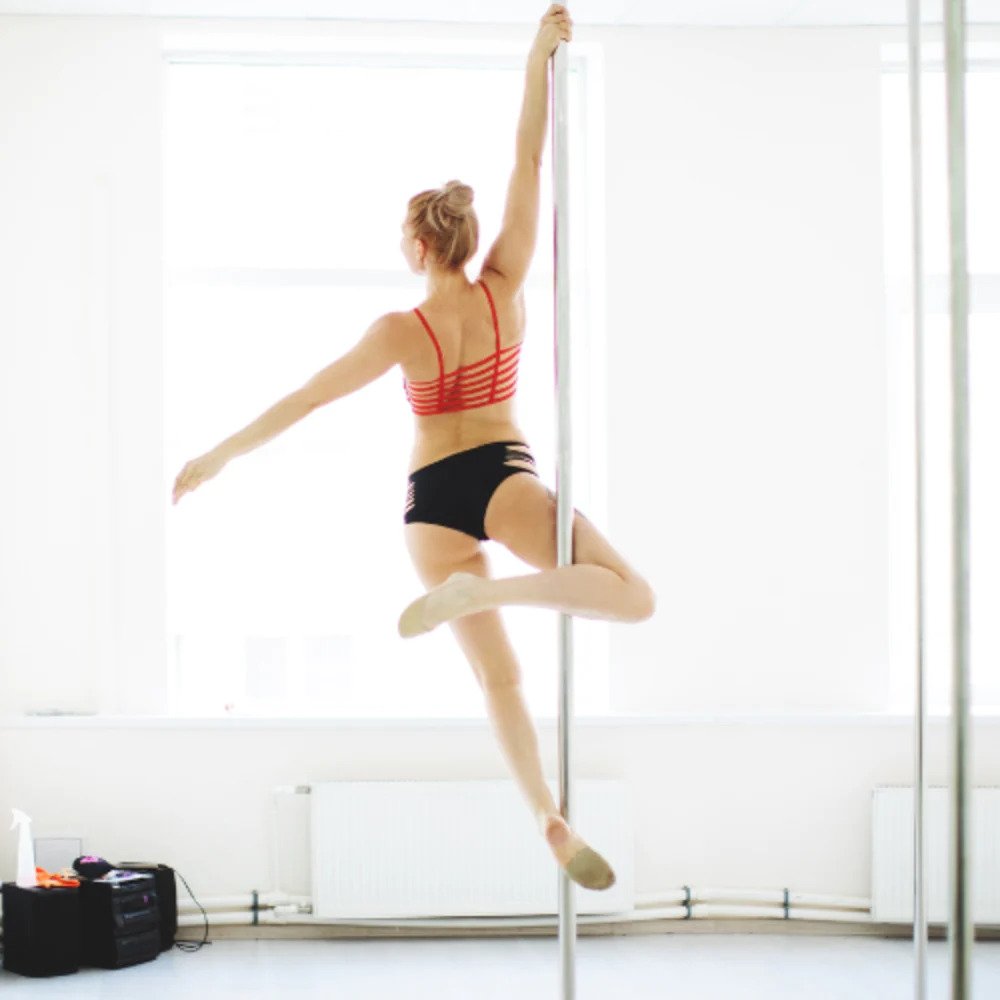 Dance Poles
Dance Poles
-
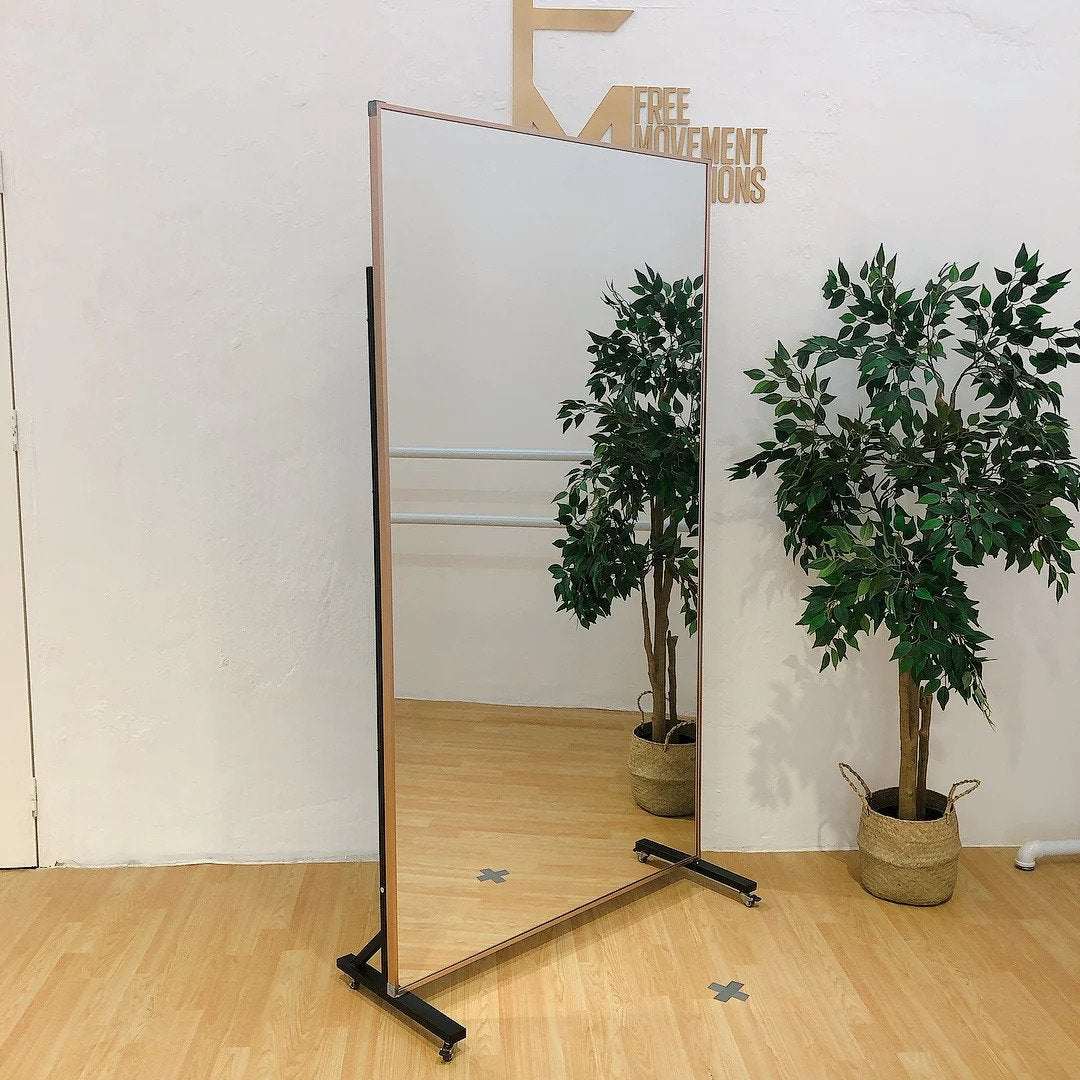 Shatterproof Mirrors
Shatterproof Mirrors
-
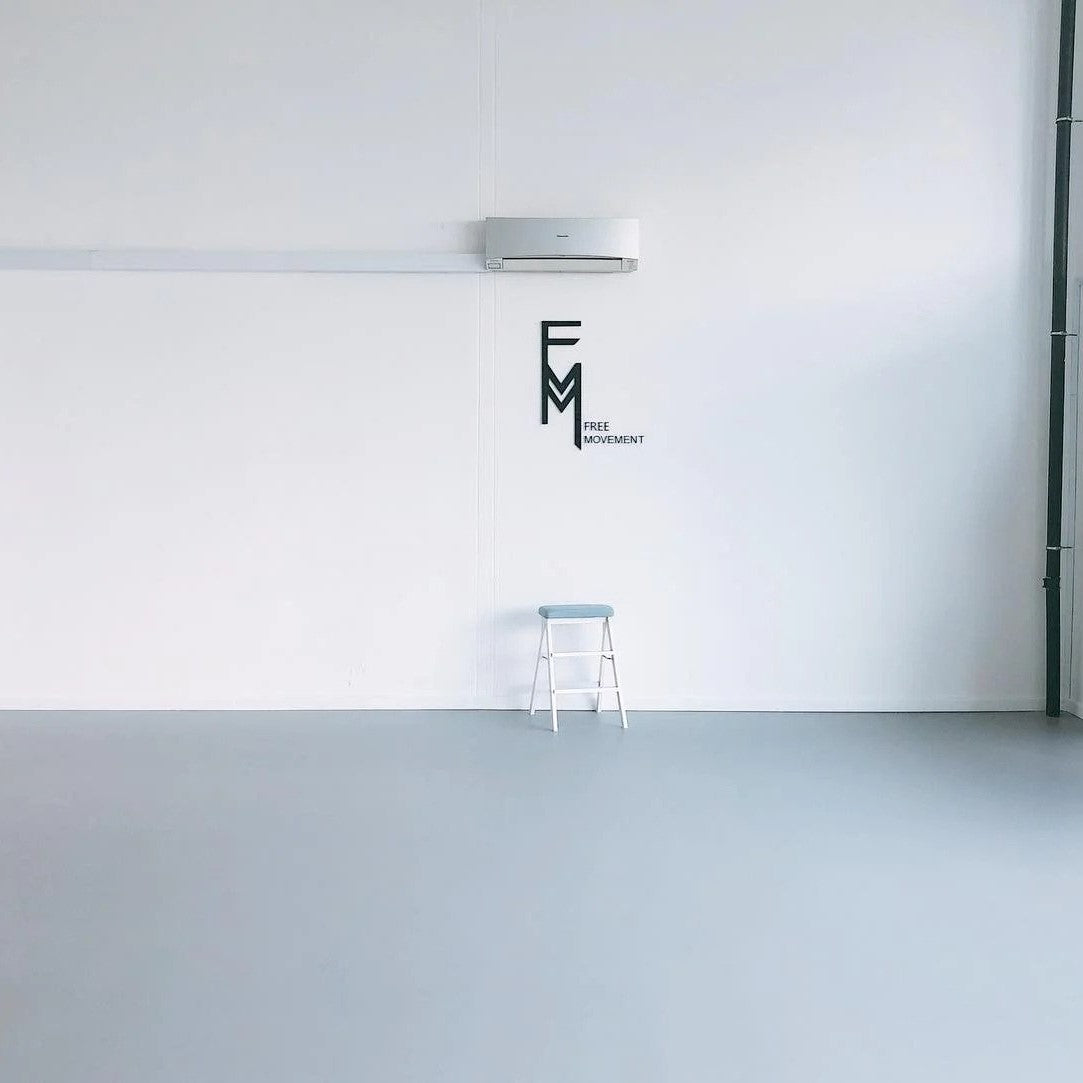 Dance Floor Rental
Dance Floor Rental
- Dance Floor Rental
- Go to Dance Floor Rental
- Marley Dance Mat Rental
- Installation
-
 Installation
Installation
-
 Charity
Charity
Chinese Dance
Embrace the Elegance of Chinese Dance at Free Movement Dance
Discover the Timeless Beauty of Chinese Dance

Exploring the Elegance and Tradition of Chinese Dance
Chinese dance is a diverse and captivating art form that encompasses a wide range of traditional and contemporary styles. It is deeply rooted in China's rich cultural history and reflects the values, stories, and aesthetics of various regions and ethnic groups. A key feature of Chinese dance is the use of props, which add depth, symbolism, and visual interest to performances. If you're interested in learning Chinese dance, this guide provides an overview of its history, fascinating facts, and how you can start your journey with us.
A Brief History of Chinese Dance
Chinese dance has a long and illustrious history that dates back thousands of years. Early forms of Chinese dance were used in religious ceremonies and rituals, with dances performed to honor the gods, celebrate the harvest, or commemorate significant events. These early dances were often accompanied by music and included a variety of movements, from slow and graceful to dynamic and energetic.
During the Tang Dynasty (618-907 AD), Chinese dance flourished, becoming more elaborate and refined. The imperial court played a significant role in promoting dance, with lavish performances featuring intricate choreography and costumes. This period also saw the fusion of Chinese dance with influences from neighboring cultures, including India and Central Asia, creating a vibrant and eclectic dance tradition.
In the Ming and Qing Dynasties (1368-1912 AD), Chinese dance continued to evolve, with the development of various regional styles and folk dances. Classical Chinese dance, with its refined techniques and expressive movements, gained prominence, often performed in theatrical settings.
In the 20th century, Chinese dance underwent further transformation, with the rise of modern Chinese dance and ballet. These contemporary styles incorporated Western techniques while retaining traditional Chinese elements, leading to a unique fusion of East and West.
Fascinating Facts About Chinese Dance
Chinese dance is a rich and multifaceted art form with many intriguing characteristics:
- Diversity of Styles: Chinese dance encompasses a wide range of styles, including classical dance, folk dance, ethnic minority dances, and modern Chinese dance. Each style has its unique movements, costumes, and cultural significance.
- Expressive Movements: Chinese dance often emphasizes expressive hand gestures, intricate footwork, and fluid body movements. Dancers use their bodies to convey emotions and tell stories, creating a visually captivating performance.
- Traditional Costumes: Chinese dance is known for its elaborate costumes, often inspired by traditional clothing from different dynasties and regions. These costumes add to the visual appeal and cultural authenticity of the dance.
- Connection to Chinese Opera: Chinese dance has strong ties to Chinese opera, with many dances inspired by operatic themes and characters. Classical Chinese dance shares similarities with opera in terms of storytelling and theatricality.
- Cultural Significance: Chinese dance reflects the values and traditions of Chinese culture, with themes ranging from historical tales to folklore and mythology. It plays a significant role in Chinese festivals and celebrations.
Celebrated Chinese Dancers
Discover the enchanting world of Chinese Dance through these celebrated artists:
- Yang Liping: Renowned for her innovative fusion of traditional and contemporary Chinese Dance.
- Tan Yuanyuan: An accomplished ballet and Chinese Dance dancer known for her expressive performances.
- Zhao Jun: An influential dancer and choreographer known for her captivating storytelling through movement.
Types of Chinese Dance Props
Props play an important role in Chinese dance, enhancing storytelling and adding visual flair to performances. Here are some common types of Chinese dance props:
- Fans: Fans are widely used in Chinese dance, particularly in classical and folk dances. They can be used to emphasize graceful movements, create visual patterns, and symbolize various elements like wind or water.
- Ribbons: Ribbons are long, flowing strips of fabric that are used in Chinese dance to create intricate shapes and patterns. Ribbon dances are often performed to depict flowing rivers or to convey a sense of fluidity and grace.
- Parasols: Parasols (umbrellas) are used in many Chinese dances, especially those from Southern China. They can symbolize beauty, elegance, and protection, and are often used in folk dances.
- Drums: Drums are used in certain types of Chinese dance to create rhythmic patterns and add an auditory element to the performance. Drum dances are common in ethnic minority dances and traditional festivals.
- Swords and Spears: In Chinese martial arts-based dances, swords and spears are used to depict combat or heroic themes. These props add a dynamic and dramatic element to the dance.
- Lanterns: Lanterns are used in some Chinese dances to symbolize light and celebration. They are often used in festival dances, such as those during Chinese New Year.
World's Top Chinese Dance Schools
- Beijing Dance Academy (Beijing, China)
- Shanghai Theatre Academy (Shanghai, China)
- Hong Kong Academy for Performing Arts (Hong Kong)
- China Conservatory of Music (Beijing, China)
- Central Academy of Drama (Beijing, China)
The Learning Process
Learning Chinese dance involves a combination of technique, expression, and cultural understanding. Here's what you can expect when you start your Chinese dance journey:
- Group Classes: Group classes provide a supportive environment to learn Chinese dance. You'll be introduced to basic movements, hand gestures, and footwork. Group classes often include warm-up exercises, choreographed routines, and opportunities to explore different styles of Chinese dance.
- Private Lessons: For personalized instruction and focused guidance, private lessons are an excellent option. You'll work with an experienced Chinese dance instructor who can help you refine your technique and develop your unique style. Private lessons are ideal for dancers of all levels, from beginners to advanced practitioners.
- Performance Opportunities: Chinese dance is often performed in theatrical settings, festivals, and cultural events. As you progress in your Chinese dance journey, you may have the opportunity to participate in performances, allowing you to showcase your skills and connect with Chinese culture.
- Self-Practices: Self-rehearsals are crucial in training your muscle memory and flexibility in order to excel in Chinese Dance!
Reach Out to Us for Private Chinese Dance Lessons
At Free Movement Dance Studio, we offer private Chinese dance lessons for dancers of all levels. Whether you're new to Chinese dance or seeking to refine your skills, our experienced instructors are here to guide you. You can book a private class tailored to your specific needs and preferences.
To schedule a private lesson, simply contact us via phone, email, or our website. We'll work with you to find a convenient time and create a personalized learning plan that suits your goals. Don't hesitate to reach out—we'd be thrilled to help you embark on your Chinese dance journey!
Chinese dance is a beautiful and culturally rich art form that celebrates tradition, storytelling, and creativity. So put on your dancewear, step onto the dance floor, and let the elegance of Chinese dance inspire you. The world of Chinese dance is waiting for you!
- Choosing a selection results in a full page refresh.



























